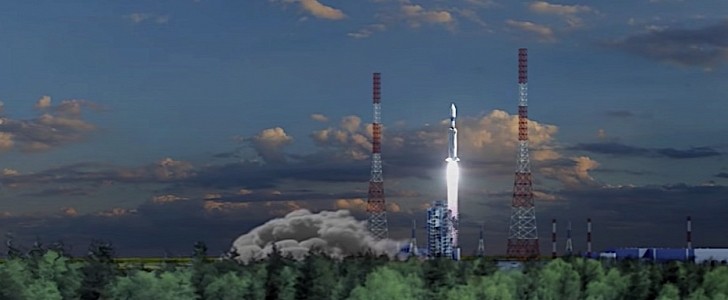The demise of the space shuttle program might have seemed at first glance as America’s retirement from true space exploration. For more than a decade, the U.S. had to rely on the Russians to send astronauts into space, as NASA was supposed to focus on the next stage of space exploration.
For what it’s worth, if it weren’t for the likes of SpaceX, NASA would probably still be focusing, and using the Soyuz as a very expensive taxi ride to the International Space Station floating up there in orbit.
But the reality we live in has, thankfully, something called SpaceX, and the Crew Dragon capsule, and the Falcon boosters. Thanks to them, American astronauts are back in space from American soil, NASA is free to focus and spend some more on the Artemis moon exploration program, and the Russians, well, in a strange reversal of the not that old status quo, even the Russians are now eyeing the Crew Dragon as a possible means for them to reach orbit.
But there was a time, before SpaceX revolutionized the industry with its reusable boosters, when Roscosmos could have taken the lead and bested the Americans.
Back in the early 2000s, they were researching something called Baikal, a reusable flyback booster that was supposed to power the Angara rocket family that is still under development. It was supposed to take its cargo to an altitude of 75 km (46 miles) at speeds of over Mach 5, separate, and then come back to land in a designated area.
At the time of writing, it is obvious the Russians didn’t actually build a working example of the Baikal, and only SpaceX and Blue Origin can make a spectacle of their boosters landing.
But we can get a glimpse at how the whole thing might have looked like thanks to an animation put together by Hazegrayart (video below). It shows the massive machine taking off, soaring to the sky, and, in a very unexpected twist, releasing a tank into outer space.
The boosters are then seen gliding down to a runway for a horizontal landing, something probably not even SpaceX considered, but an approach that looks simply spectacular.
But the reality we live in has, thankfully, something called SpaceX, and the Crew Dragon capsule, and the Falcon boosters. Thanks to them, American astronauts are back in space from American soil, NASA is free to focus and spend some more on the Artemis moon exploration program, and the Russians, well, in a strange reversal of the not that old status quo, even the Russians are now eyeing the Crew Dragon as a possible means for them to reach orbit.
But there was a time, before SpaceX revolutionized the industry with its reusable boosters, when Roscosmos could have taken the lead and bested the Americans.
Back in the early 2000s, they were researching something called Baikal, a reusable flyback booster that was supposed to power the Angara rocket family that is still under development. It was supposed to take its cargo to an altitude of 75 km (46 miles) at speeds of over Mach 5, separate, and then come back to land in a designated area.
At the time of writing, it is obvious the Russians didn’t actually build a working example of the Baikal, and only SpaceX and Blue Origin can make a spectacle of their boosters landing.
But we can get a glimpse at how the whole thing might have looked like thanks to an animation put together by Hazegrayart (video below). It shows the massive machine taking off, soaring to the sky, and, in a very unexpected twist, releasing a tank into outer space.
The boosters are then seen gliding down to a runway for a horizontal landing, something probably not even SpaceX considered, but an approach that looks simply spectacular.










